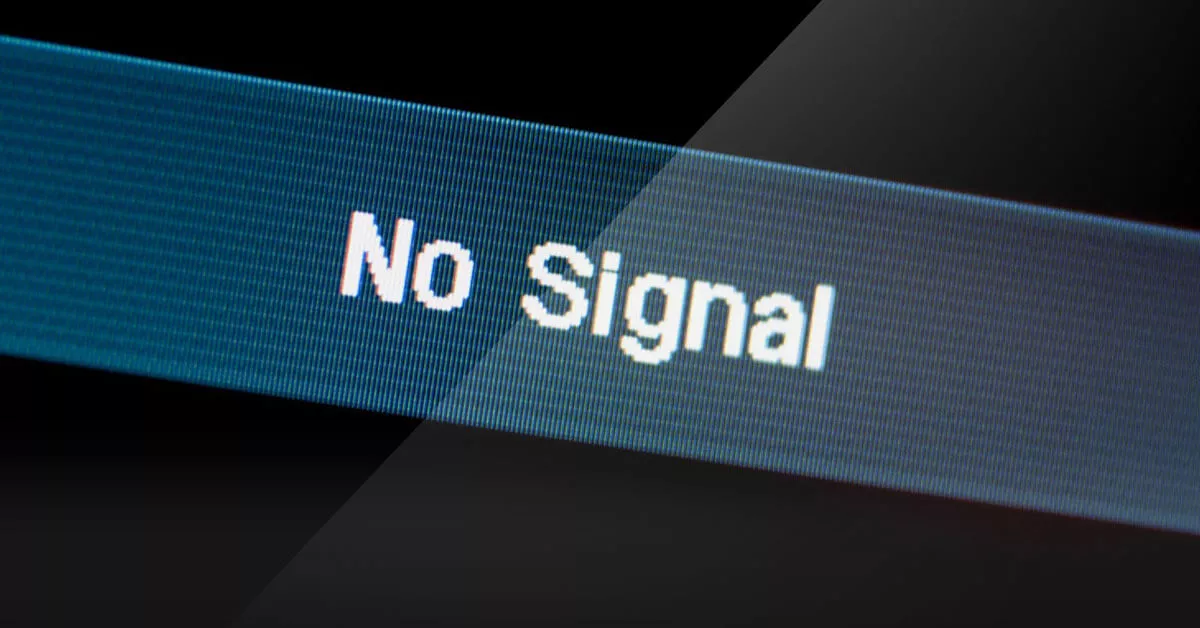D
Deleted member 2849646
Guest
I have a dual monitor setup and after doing all the windows updates on a fresh windows 10 install inc optional installs inc chipset drivers etc, when I rebooted one of the monitors it stuck at 640x480. One is at 1920x1080. No matter what I try I can't get the second monitor to 1920x1080 again. I've done a fresh windows install twice but the same thing happens! I've changed the cable and it still happens.
Also, when I reinstall windows, whilst the system is booting up both monitors (Dell logos) have the same resolution. Also resolution is same just as windows is 'getting ready' (mirrored screens). However as soon as windows has finished installing and is on desktop, one of the monitors is 640x480 and I can't change it. When I go to display settings for the monitor, it's not detecting it as a dell monitor. It just says: "Display 1: Wired Display" instead of the model and make of actua monitor.
I'm pulling my hair out trying to fix this! Anyone have any suggestions what's going on and how to fix this please?
Thanks.
Also, when I reinstall windows, whilst the system is booting up both monitors (Dell logos) have the same resolution. Also resolution is same just as windows is 'getting ready' (mirrored screens). However as soon as windows has finished installing and is on desktop, one of the monitors is 640x480 and I can't change it. When I go to display settings for the monitor, it's not detecting it as a dell monitor. It just says: "Display 1: Wired Display" instead of the model and make of actua monitor.
I'm pulling my hair out trying to fix this! Anyone have any suggestions what's going on and how to fix this please?
Thanks.



